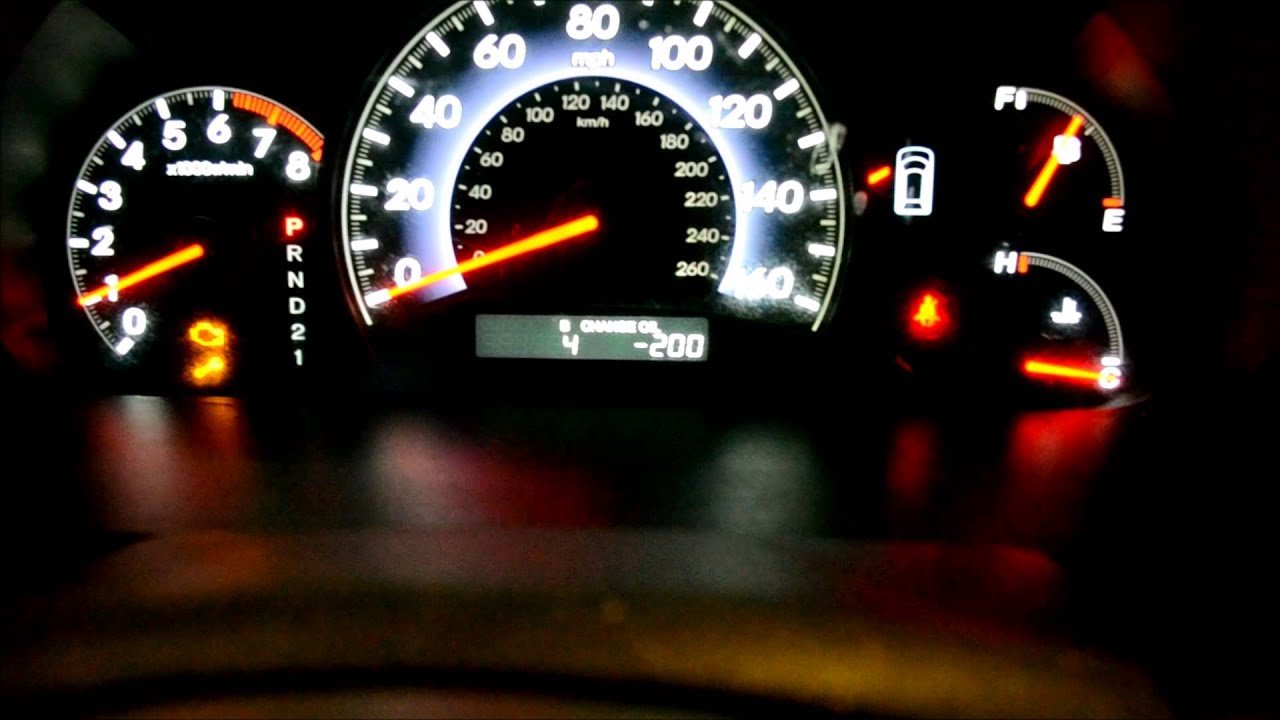If you have ever been in your vehicle when the check engine light turned on, you are probably familiar with the worry that comes with it. Is this a serious problem? Do I need to address this immediately or can it wait until the weekend? Understanding why the check engine light is on can help you to better device what you should be doing next.
Common Causes of Check Engine Lights

The check engine light comes on for issues that relate to the powertrain and emissions. So, you are not going to have a check engine light because you need new wiper blades, unsurprisingly.
The light is set when your vehicle’s computer detects a fault. This is usually caused by a fault with a vehicle system. However, it can also be caused by a fault with the responsible sensor.
Some examples of common problems include a faulty oxygen sensor, a problem with the spark plugs, a mass airflow sensor fault, a loose fuel cap and issues with the catalytic converter. Several of these can cause major issues if not dealt with quickly (especially the catalytic converter). So, it is important to promptly diagnose the problem and address it accordingly.
How To Diagnose Check Engine Light

The system that controls the check engine light is called on-board diagnostics II. It is standard in every vehicle sold in the U.S (after 1996). You can get more details about why the light was set by downloading the diagnostic trouble codes set by this system. This is easy to do using an OBD-II reader. If you don’t own one, you can go to a store such as AutoZone to get a free check engine light reading.
Once you have a diagnostic trouble code, you can look up information about it online or using your vehicle’s service manual. This will help you to identify where the problem resides. After that, it may take a little manual troubleshooting to determine exactly what the problem is. However, this system can make finding the cause of car or truck problems much easier.
When To DIY and When To Take in for Service

The answer to this question depends a lot on you. For example, some people may be completely comfortable replacing their exhaust headers and torqueing bolts correctly. Others may get worried asking themselves “what size windshield wipers do I need?” Everyone has a different comfort level and it is okay to know your limits.
That being said, everyone can learn how to work on vehicles. They are simpler than they may seem at first. If a job requires expensive specialty tools or just seems a little too intimidating, consider visiting a mechanics. However, if it is something simpler, consider investing the time to learn.
Diagnose Your Check Engine Light Today

Use your OBD-II scanner today to determine why your check engine light is on. You typically cannot pass emissions inspections with a check engine light on. Therefore, you need to address the problem. The sooner you figure it out, the better off you will be. Learn more today.


















